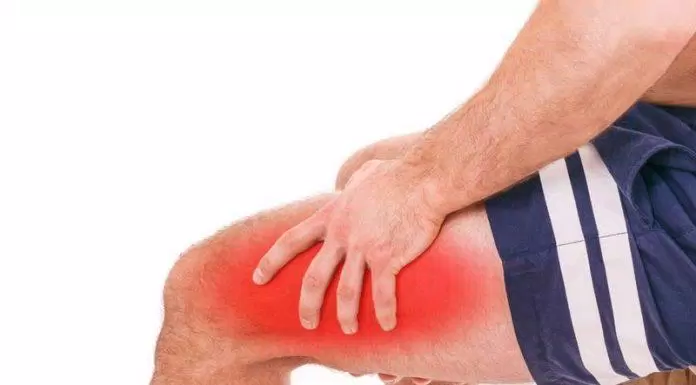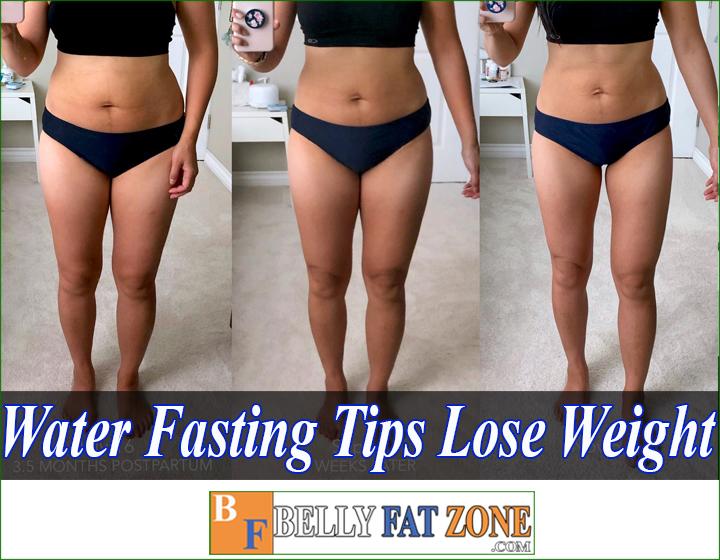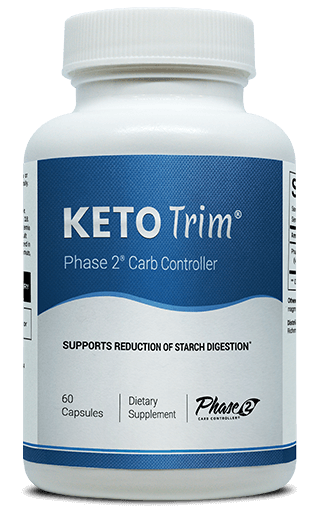In the fitness world, there is a saying that “heroes are hard to overcome with muscle pain”, whether you are a beginner or an experienced person, the aches and pains that last for a few days inevitably make you not want to step foot in the gym anymore.
So what causes muscle pain, and how are other problems related to it explained? Let's explore with Bellyfatzone in this article!
Muscle pain is an inevitable part of the exercise; if you work, you will eat. If you've ever tried exercises for the lower body like the squat, do you still remember the feeling of “numbness” in the glutes and thighs after exercising?
The feeling of dull pain for a few days makes you unable to walk comfortably as usual. Many people even call it “leg day” (leg day) but rather “let day”.
That obsessive pain is one of the reasons why many people do not dare to continue their training journey because they think it is self-harm without seeing any benefits. On the contrary, some people are so “fanatical” that they believe it takes muscle pain to call it a practical exercise to stimulate muscle growth.

So who is right and who is wrong? What causes muscle pain? And is this pain essential for muscle growth?
Why do you have muscle pain?
This is a question that has puzzled sports experts and scientists for years. Several theories have been put forward to explain muscle soreness after a workout, the most common of which you've probably heard is due to a build-up of lactic acid in the muscles.

Muscle contraction is an energy-consuming activity of muscle cells, and to produce that energy, they must perform the process of cellular respiration, which is the breakdown of nutrient molecules (usually glucose) into the water and carbonic acid while releasing attached energy in the form of ATP (adenosine triphosphate) molecules.
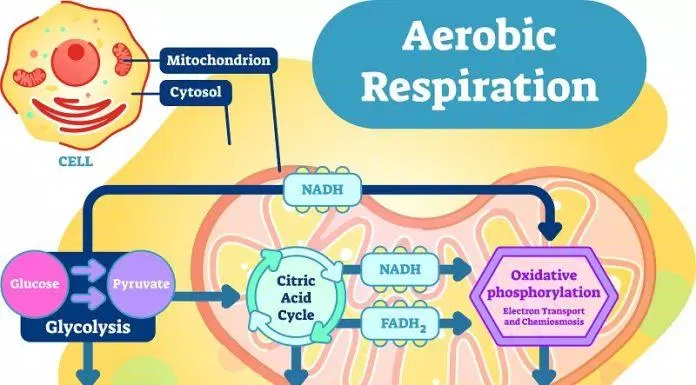
This respiration process needs to be supplied with oxygen to “burn” the materials. But when the body doesn't get enough oxygen (like during strenuous exercise), muscle cells can still breathe in slightly different ways, with byproducts created, including lactic acid.
According to the popular theory, too much lactic acid builds up in the muscles without being transported by the blood flow, causing muscle pain. However, the Auckland University of Technology (New Zealand) study has shown that this interpretation is incorrect.
Another popular theory is that muscles are sore from microtrauma, microscopic tears created during intense exercise. Scientists from Yokohama City University (Japan) tried to test this hypothesis, and what they discovered was quite surprising: injured muscles do not always cause pain and vice versa. Just because you feel muscle pain doesn't mean your muscles are damaged too much.
Thus, the cause of muscle pain is not necessarily due to micro-injury. So what's the real reason we have to wince in pain after strenuous workouts?
The answer comes from a study by Concordia University (Denmark): the sensation of muscle pain does not come from the muscle cells themselves but from damage to the connective tissue that intersperses and surrounds the muscle bundle.
In other words, it's the micro-damage of the connective tissue in the muscle (rather than the muscle tissue) that causes your post-workout soreness.

Of course, in addition to connective tissue, many other factors affect each person's level and duration of muscle pain, such as nutrition, different exercise methods, genetic background, making each person feel hurt like no other, even when applying the same exercise regimen.
So muscle pain is not caused by lactic acid or micro-muscle damage but by connective tissue damage and is influenced by many environmental factors and each person's location. Of course, more research is still needed to elucidate the mechanism that causes muscle pain entirely.
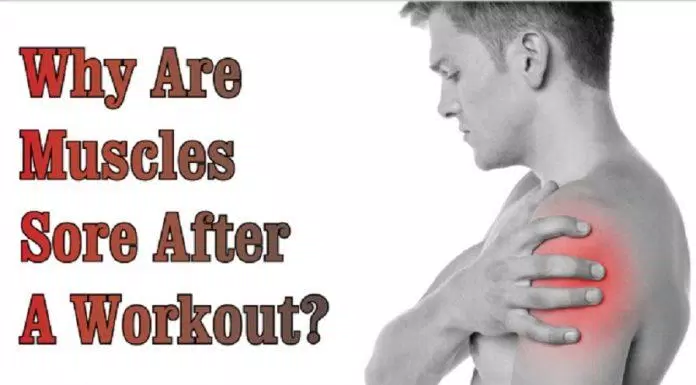
And while we wait for that obvious answer, let's take a look at a few other frequently asked questions about muscle pain. These are questions that almost anyone who has been through a workout wants to know, but many different answers do not know which is the truth. Let's explore together.
1. Is it normal for pain to last up to a few days?
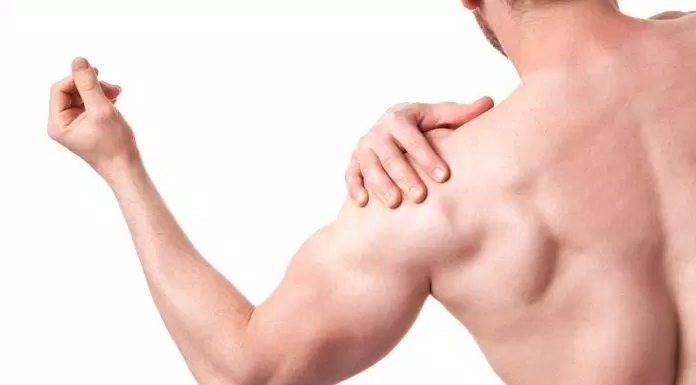
First, it is necessary to distinguish the feeling of “muscle pain”, which is more accurately called fatigue or exhaustion, that occurs during exercise, from the real pain that often appears later (it may not be until the next day) first felt) and persisted for several days afterwards.
Muscle fatigue during exercise results from lack of oxygen supply, electrolyte imbalance and accumulation of metabolic waste products during muscle cell activity (similar to the lactic acid hypothesis stated).
Another cause of this phenomenon is that the nerve fibres that supply the muscle are stimulated continuously and non-stop, leading to an “inert” state, unable to control the muscle contraction anymore.

The feeling of muscle pain that occurs after stopping exercise for a while is called by its name: Delayed Onset Muscle Soreness, i.e. “delayed muscle pain”, abbreviated as DOMS.
This is a phenomenon that all sportspeople have experienced, especially in the early days or when returning to practice after a long time of “neglect”.
The characteristic feature of DOMS is that it usually only appears the next day and can last up to 3-4 days, but then with regular practice, we will no longer suffer from this pain as at first again.

Scientists at University College London have found that specific exercises are more likely to cause DOMS with more pain. In particular, the extensor phase of the movement (eccentric or negative) will cause more pain. More painful than the concentric phase.
To make it easier to imagine, it can be said that when running downhill, you will have more muscle pain than running on a regular horizontal plane, as a study by the University of Wales (UK) has shown.
In terms of subjective feeling, DOMS causes more pain and lasts longer than muscle fatigue due to exhaustion, making you unable to walk normally for a few days after exercise.
As for the cause, unlike muscle fatigue caused by waste accumulation and “inert” nerves, DOMS is caused by tissue damage, as discussed in the previous section.

So the feeling of muscle pain that appears late and lasts for an “unusual” way that you experience is an entirely normal phenomenon, no need to worry too much!

2. But is muscle pain always normal?
Like any other problem in the body, if the pain has a clear cause (in this case, exercise) and doesn't last too long (a few days post-workout), you can rest assured it's a problem normal physiological phenomenon.
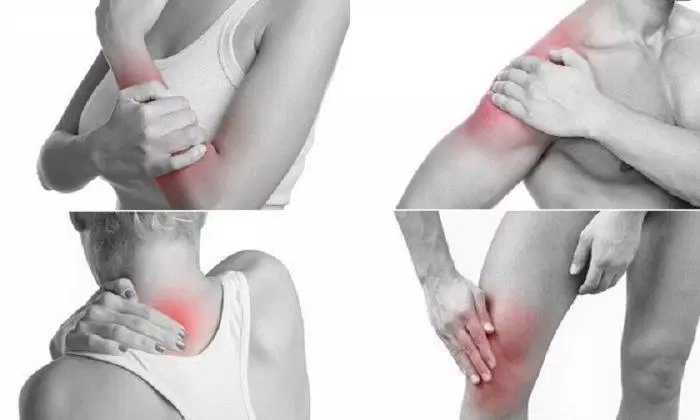
However, if you do not exercise and still have muscle pain, or the pain lasts longer than usual, it is best to see a doctor to be examined and determine the cause. Most likely, it is the initial manifestation of dangerous diseases of the muscles, nerves, genetics or side effects of drugs…
3. Is muscle pain necessary for muscle growth?
This is a question many people ask and also causes the sports world to split into two opposing schools. Most newbies believe that muscle pain is effective, called “enough capital” to stimulate muscles. Many people even keep that belief for many years and help “spread” it to many others.
However, scientific studies have disproved this notion. Muscle damage is indeed one of the factors that contribute to muscle growth. Still, it's not the only factor, and more importantly, the sensation of muscle pain is also not a true reflection of the extent of muscle damage from training.
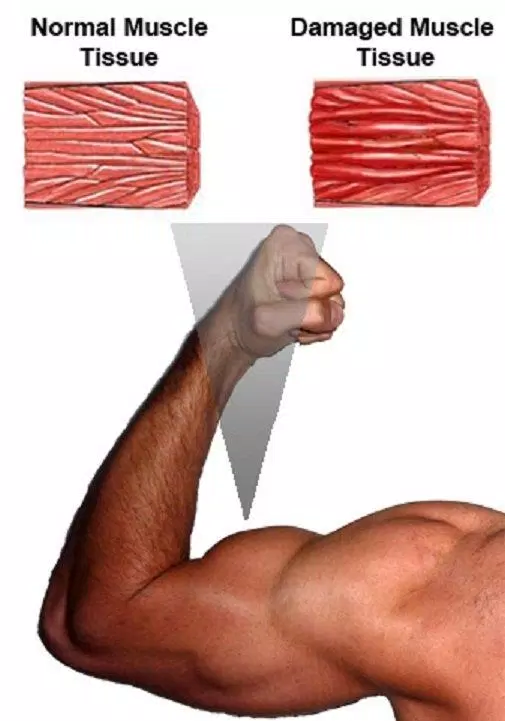
Global Fitness Services has researched to draw this conclusion. Another study from Northern Arizona University also shows that training with little or no muscle damage can still stimulate muscle growth.
So the truth is clear: we don't have to “torment” to the point of aching pain for muscle growth, but excessive muscle damage can be counterproductive, making it harder for muscles to recover. Pain is not an accurate measure of muscle gain.
4. Do you need to rest until the pain is gone before continuing?
It is also a problem for all beginners, but the answer to this question is quite simple (as the video above shared): it is not necessary to rest until the pain is completely gone.

Although DOMS pain can last for days or even weeks, you don't need to rest until it's completely gone and your body is comfortable to work for that muscle group again.
Research by National Chiayi University has shown that muscle can still grow when you exercise while the power is still sore.
Of course, if the pain is caused by muscles and comes from bones, joints or ligaments, that is an entirely different matter; you need absolute rest and need to see a specialist.
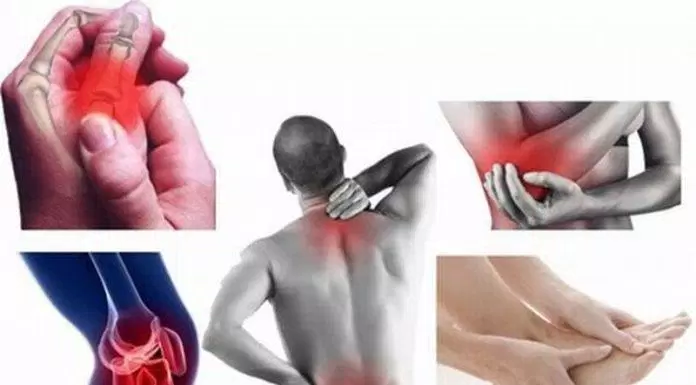
However, when saying that you can exercise while still having muscle pain, it is still necessary to reiterate the golden rule of training that you should not train the same muscle group for two days in a row.
Muscles need a certain amount of time to recover and repair the damage, regardless of whether you feel pain or not. Therefore, you must arrange a reasonable exercise schedule and never force your muscles to work to the point of exhaustion, which is entirely not beneficial, but also weakens muscles and limits their ability to develop.
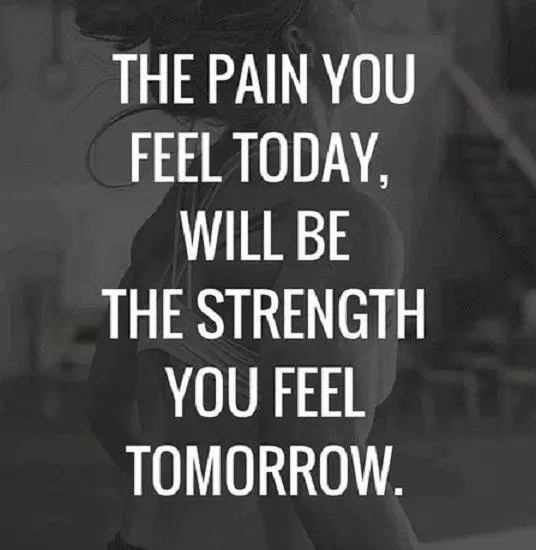
Conclude:
Muscle pain is a part of training; we need to accept and be friends with muscle pain, then we will feel familiar, there is a pain to succeed.
So you have understood more about the phenomenon of muscle pain as well as the “mysteries” surrounding it. Apply these insights to your training process to achieve optimal results while ensuring safety for your muscles. You are wishing you good health and success on your chosen journey!
